Hypnosis Intensive Certificate Workshop by C. Alexander & Annellen M. Simpkins
$439.99 $125.00
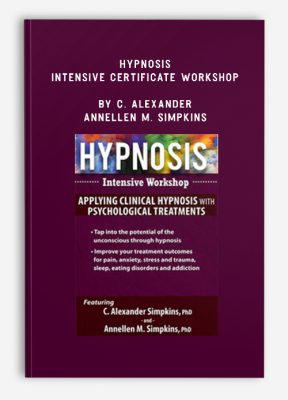
Hypnosis Intensive Certificate Workshop by C. Alexander & Annellen M. Simpkins
**More information:
Get Hypnosis Intensive Certificate Workshop by C. Alexander & Annellen M. Simpkins at Salaedu.com
Description
Transform your practice to heal anxiety, stress and trauma, sleep, eating disorders, and addiction and pain with this Intensive Certificate Workshop.
The unconscious is a reservoir of potential, and hypnosis is the way to access that potential. Neurological pathways function automatically and can be engaged and used to help heal disorders that might be difficult to do deliberately and consciously. By working indirectly and unconsciously in hypnosis, you bypass your client’s conscious limitations and enlist resources to help resolve entrenched problems.
- Go into self-hypnosis
- Work with a partner to do a pre-trance interview to discover abilities and help for individualizing in trance
- Induce trance
- Use direct and indirect suggestion
- Deepen trance with hypnotic phenomena
- Elicit relaxation and calm
- Activate positive unconscious processes
- Successfully end trance
This is your opportunity for personal self-transformation as you also learn about hypnotic techniques that can be applied for clients.
If you are new to hypnosis, you will gain the skills you need to start using hypnosis in your practice. And if you are an experienced hypnotherapist, you will add innovative methods to enhance your work. With the latest research, case examples, guided trance experiences, opportunities to work with trance induction, helpful handouts, protocols, and a clear understanding of hypnotic effects in the brain, this workshop will inform, uplift, and transform.
Day 1: Skill Building in Self-Hypnosis and Hetero-Hypnosis
Working with the Unconscious
- Paradigm Shift on the Unconscious
- East-West Correlation
- Neuroscience Research Support
- Research for Working Unconsciously
- Advantages of Hypnosis
How Hypnosis Affects the Brain
- Unconscious Intelligence
- Hypnosis Dual Effect
- Hypnosis and Executive Control
- Default Mode Network
Suggestion
- Direct and Indirect
- Post-hypnotic
- 4-Step Method to Overcome Negative
- Self–Suggestions
- The Mind-Body Link
Trancework
- Natural Unconscious Tendencies
- Go In and Out of Self-Hypnosis
- Deepen with Hypnotic Phenomena
Hetero-Hypnosis with a Partner
- Practice Establishing Rapport and
- Discovering Hidden Abilities
- Rehearse Inducing trance in Several
- Different Ways
- Perform Trance Deepening
- Elicit Trance Phenomena and Sensitize to Responsiveness
- Several Different Methods for Ending
- Trance Successfully
Day 2: Applying Hypnosis for Common Psychological Problems and Further Training in Hypnosis
Part I: Clinical Applications
- Trauma and Stress
- Anxiety
- Substance Abuse
- Pain
- Eating Disorders
- Sleep
- The Neuroscience of These Common
- Psychological Problems
- Case Examples Utilizing Hypnosis for Treatment
- Application Protocols
- Experiential Exercises for Treatment
Part II: Skills Training for Fundamental Certification in Hypnosis
Trance Practice
- Pre-Trance Discussion
- Induction Methods
- Using Direct and Indirect Suggestion
- Trance Deepening
- Eliciting Calm and Comfort in Trance with
- Post-Hypnotic Suggestions
- Promoting Positive Use of the Unconscious
- Ending Trance Techniques
Skills Demonstration
- Pre-Trance Discussion Techniques
- Successful Induction, Deepening and Ending of Trance
- Eliciting Relaxation and Calm
- Demonstrate Sensitivity to and Utilization of Partner’s Responsiveness
Conclusion
- Principles to Guide Your Hypnotherapy
- Final Trance
More information about Medical:
Medicine is the science and practice of establishing the diagnosis, prognosis, treatment, and prevention of disease.
Medicine encompasses a variety of health care practices evolved to maintain and restore health by the prevention and treatment of illness.
Contemporary medicine applies biomedical sciences, biomedical research, genetics, and medical technology to diagnose, treat, and prevent injury and disease,
typically through pharmaceuticals or surgery, but also through therapies as diverse as psychotherapy, external splints and traction, medical devices, biologics, and ionizing radiation, amongst others.
Medicine has been around for thousands of years, during most of which it was an art (an area of skill and knowledge) frequently having connections to the religious and
philosophical beliefs of local culture. For example, a medicine man would apply herbs and say prayers for healing, or an ancient philosopher and physician would apply bloodletting according to the theories of humorism.
In recent centuries, since the advent of modern science, most medicine has become a combination of art and science (both basic and applied, under the umbrella of medical science).
While stitching technique for sutures is an art learned through practice, the knowledge of what happens at the cellular and molecular level in the tissues being stitched arises through science.
1 review for Hypnosis Intensive Certificate Workshop by C. Alexander & Annellen M. Simpkins
Add a review Cancel reply
Related products
HEALTH - FITNESS - LIFESTYLE - MEDICAL
HEALTH - FITNESS - LIFESTYLE - MEDICAL
Somatic Interventions for Treating Complex Trauma with Janina Fisher, Ph.D. from Janina Fisher
HEALTH - FITNESS - LIFESTYLE - MEDICAL
HEALTH - FITNESS - LIFESTYLE - MEDICAL
HEALTH - FITNESS - LIFESTYLE - MEDICAL
HEALTH - FITNESS - LIFESTYLE - MEDICAL
HEALTH - FITNESS - LIFESTYLE - MEDICAL
HEALTH - FITNESS - LIFESTYLE - MEDICAL

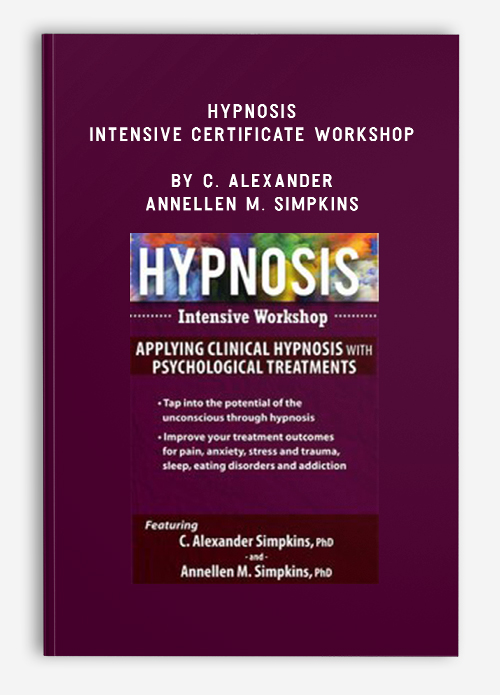

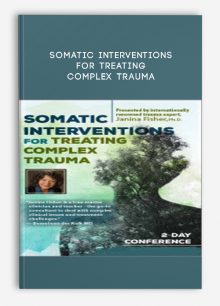
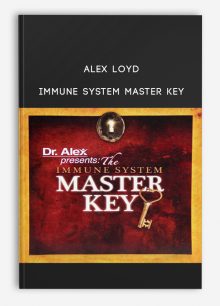
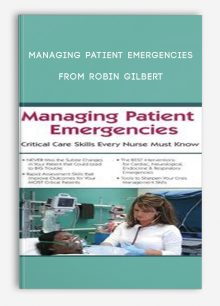

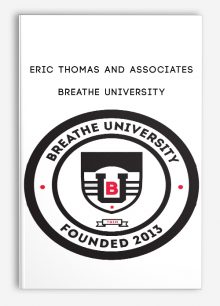
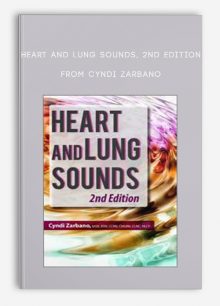
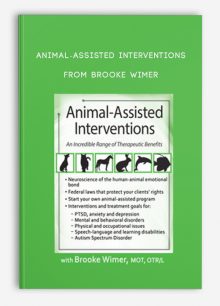
Trevis Trevis –
We create this shop with the mission: Bring the courses to 500 millions of people in the world, to help them awake their power and change their